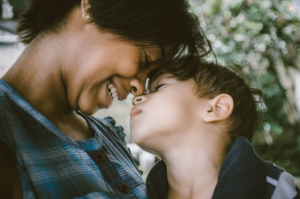
Often, our child’s behavior can stir up emotions for us as parents. Sometimes these emotions are positive such as joy, pride and excitement over a new skill they have mastered. And other times these emotions are more negative and may include frustration, shame, disappointment, embarrassment, anger, anxiety and even sadness when they do things we don’t like.
Frequently, these emotions we have in turn influence our REACTIONS or behaviors towards our child. For instance when they master a new skill, it makes us feel proud and excited which leads to us praising them, hugging them and giving lots of positive attention. But same is true for the opposite. When they do something that makes us feel disappointed or frustrated, this may lead us to lecturing, shaming and negative consequences.
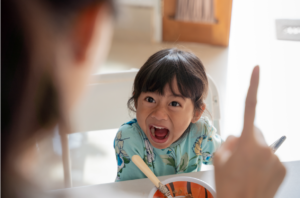
Yet what is the impact of our emotions and reactions on our kids? Research shows that children comply with the rules and are overall doing what is expected of them 80% of the time, yet us adults only notice and point out these positive things they do less than 2% of the time.
As parents we tend to ignore when our child is doing things that would cause us to have positive emotions and reactions towards them, but immediately notice the small percentage of time that they are not doing what we want.
This leads to the majority of our interactions with our child being charged with our NEGATIVE emotions and reactions, despite their overall positive behavior.
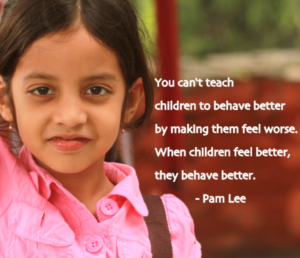
We know that when kids feel bad, they are less inclined and motivated to try and do better. And when they feel better they behave better. So if we wan’t them to improve their behavior, we as parents need to find ways to help them feel better.
So how do you as a parent help them feel better? Catch Them Being Good and Reframe Negative Behaviors.
CATCHING YOUR CHILD BEING GOOD entails you switching your mindset from being a typical parent lifeguard. As a typical parent lifeguard we are ignoring the positive behaviors but immediately reacting and jumping in to respond when we see a negative behavior. Yet, we need to be more in tune and notice the good things our child is doing to allow more time for those positive emotions and reactions to occur. What you shine light on will grow, and if we shine light on and notice the good in our child, the more good they will show us in return. So make an effort this week to pause, notice and respond when things are going well.
And when things aren’y going well, try to REFRAME NEGATIVE BEHAVIORS…which may seem silly at first, but can have a huge impact on the way you view your child’s behavior which in turn changes the emotions and reactions you have toward them to a much more positive light. To reframe a behavior, you will need to find a way to put a positive spin on it. For example when your child is arguing and complaining about something, instead of immediately seeing the behavior as bad, maladaptive or disrespectful, what if you first paused and thought, “wow, this child is able to express their emotions and argue their point when they feel strongly about something, they would make a great lawyer or politician someday!”. At first it may feel sarcastic or insincere, but they more you do it and lean in to the reframing, the more your emotions will change and allow for more positive feelings and reactions to be aimed at your child.
Imagine seeing your child as being a budding archeologist when they are making a mess playing in the mud (instead of dirty and deviant), or a grand engineer for making Lego creations and all over the floor (instead of inconsiderate and irresponsible) or an artistic savant for getting into the art supplies without asking (instead of sneaky and disobedient). In this space of reframing, you as a parent feels better, and will in turn make your child feel better, even as you re-direct or teach them the appropriate way to do something.
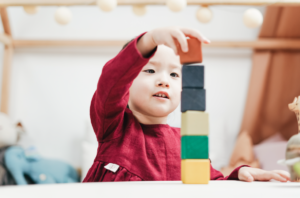
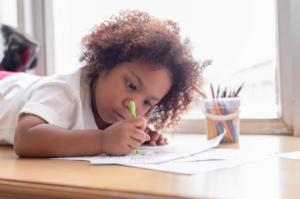
Once you have worked on catching them being good and reframing their behaviors, you can work on changing them by teaching them what we want them TO DO, instead of lecturing them on what not to do.
Changing your mindset, view and emotions towards your child’s behavior is the first step in supporting behavior change and growth. If we want them to grow, learn and change, we will need to do the same ourselves.